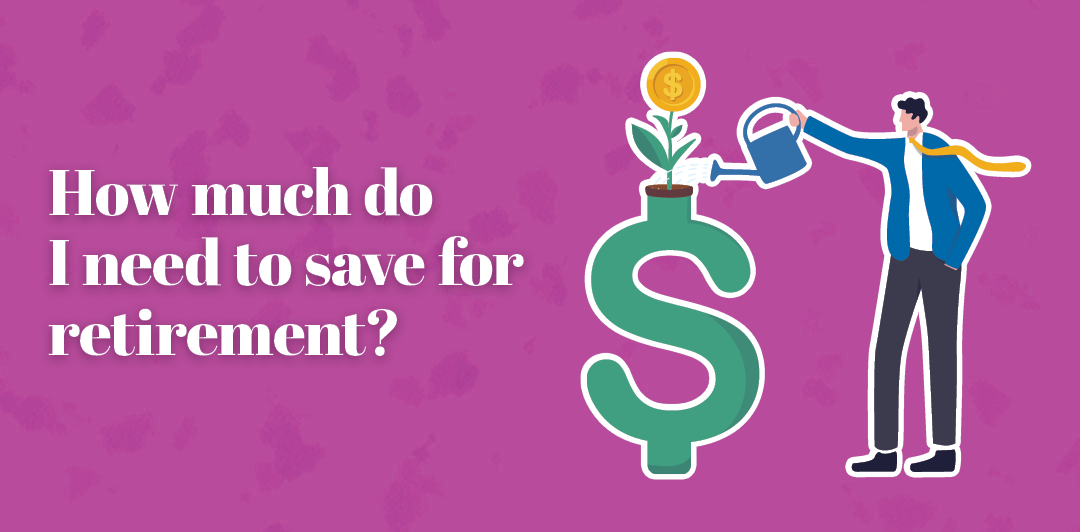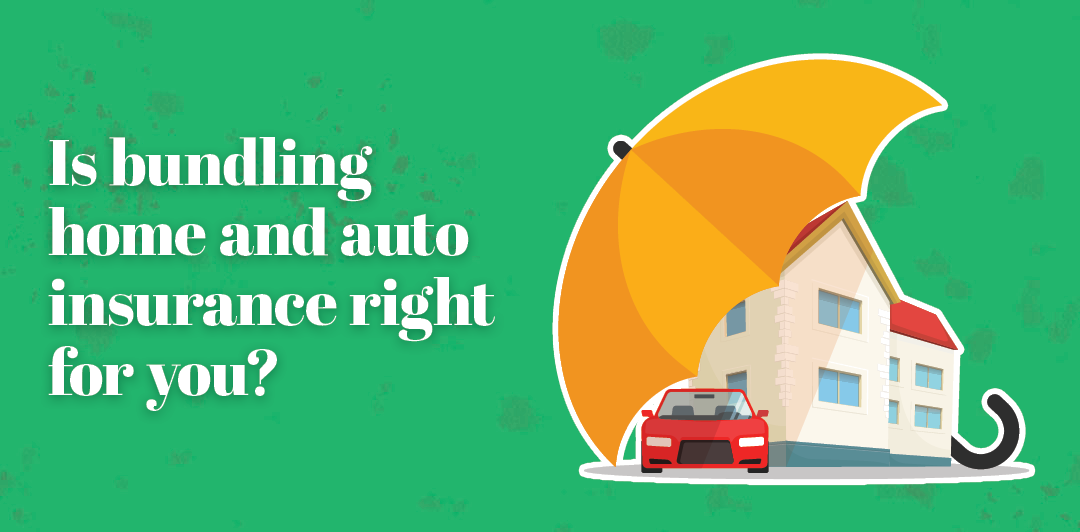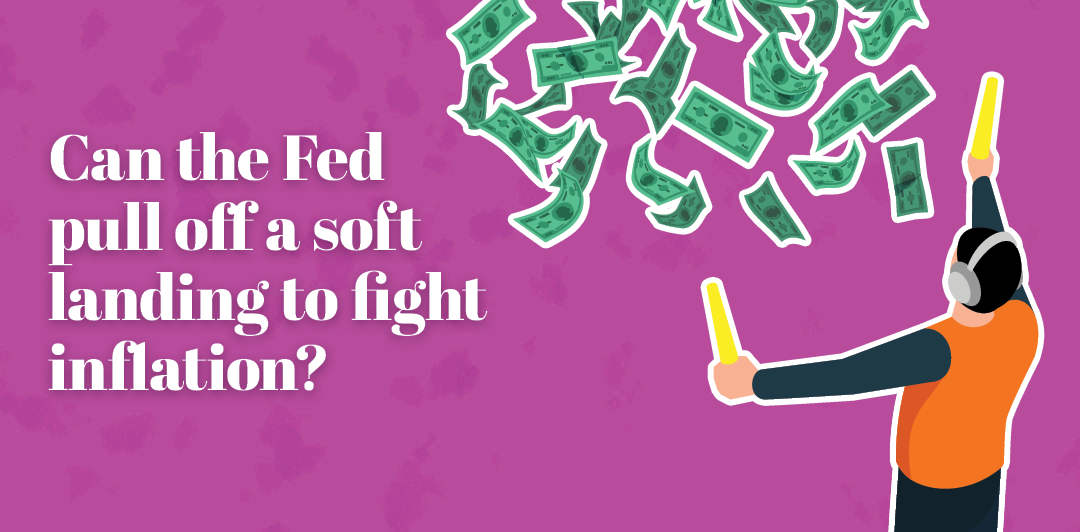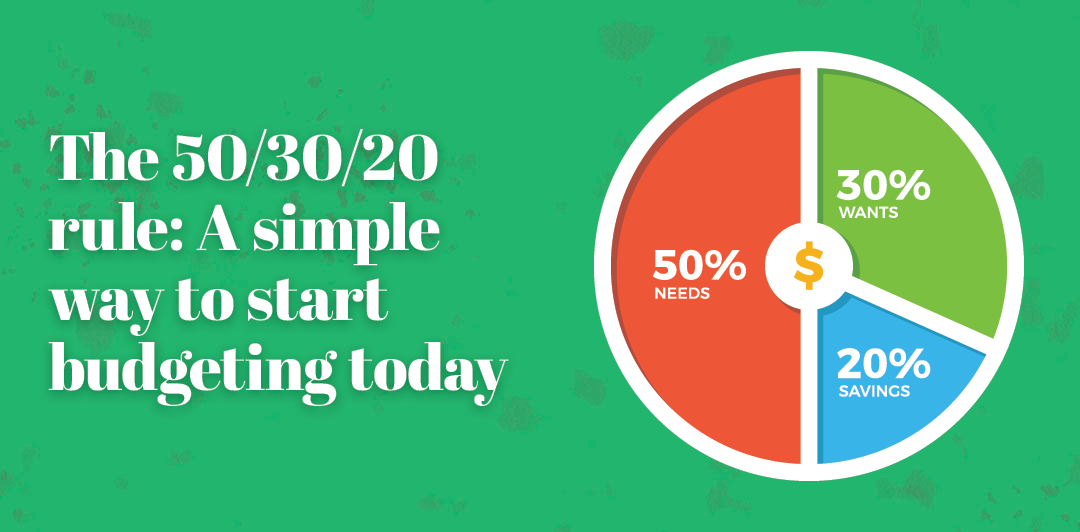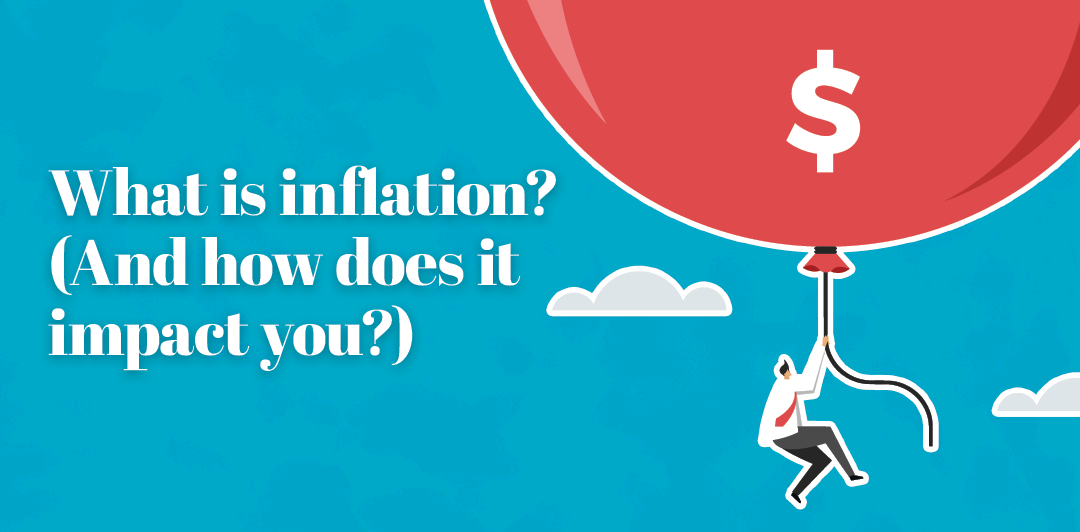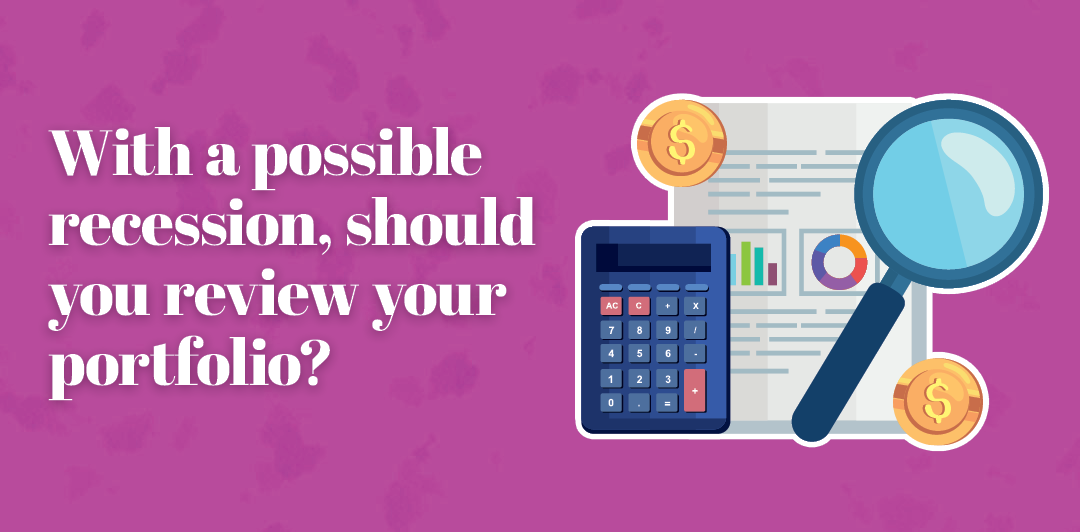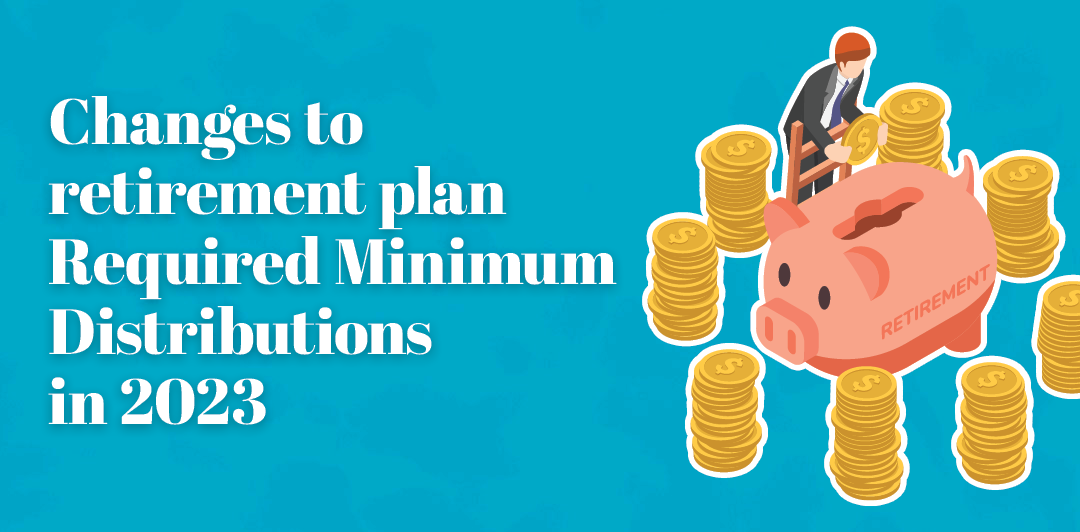

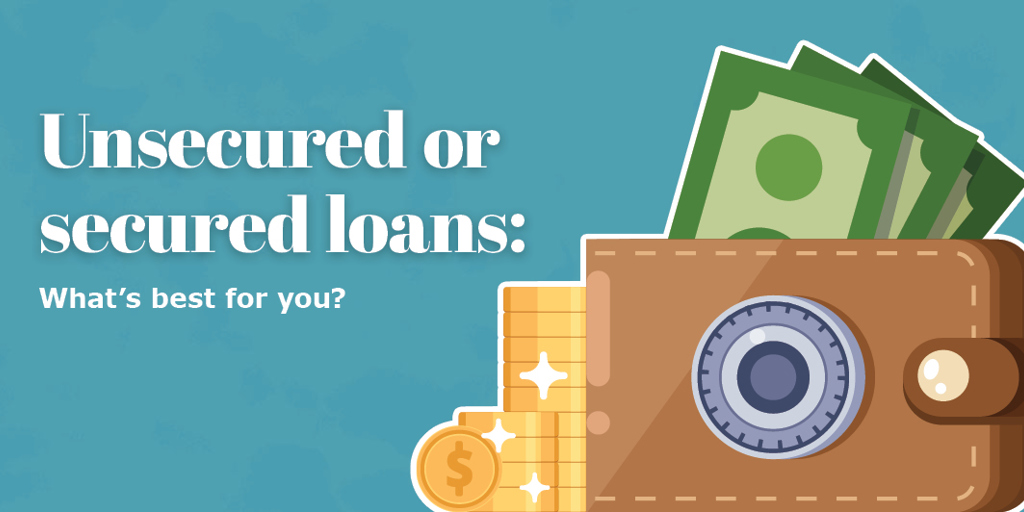
Unsecured or secured loans: What's best for you?
Smart borrowers understand the loan options available to them. The majority of loans are either unsecured or secured. Here’s an overview of each:
What is a secured loan?
Secured loans require you to back them with something that you own, like your home or car. Known as collateral, these assets can be seized by your lender if you don’t pay back, or default on, your loan. Secured loans are the most common way to borrow a large sum of money.
Secured loans generally have more favorable terms, including lower interest rates, higher borrowing limits and longer repayment terms. Examples of secured loans include car loans, mortgages and home-equity lines of credit.
What is an unsecured loan?
An unsecured loan, on the other hand, doesn’t require collateral for qualification. Rather, it’s issued based on your creditworthiness and ability to repay it.
Because lenders face a higher level of risk without collateral, unsecured loans generally have lower borrowing limits, and higher interest rates, than secured loans. Examples of unsecured loans include personal lines of credit, student loans and credit cards.
Bottom line
Each loan type has its pros and cons. When you apply for a loan, do your homework. Understand the interest rate, monthly payments and repayment period. By doing research, you’ll find the best loan for your situation.
Dave Bimler is the vice president, residential mortgage/consumer lending sales manager, at F&M Trust.
Recent Articles
Join our e-newsletter
Sign up for our e-newsletter to get new content each month.
















